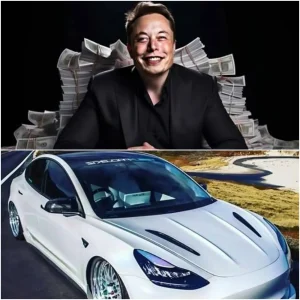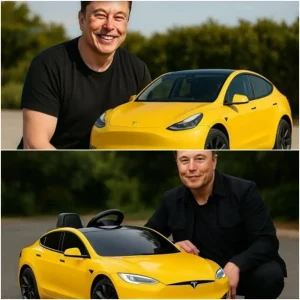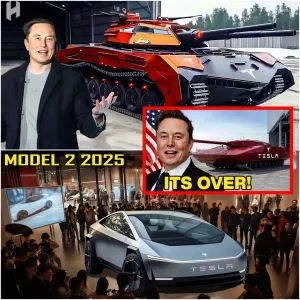In a bombshell announcement that has the aviation and tech worlds buzzing, Elon Musk declared on March 28, 2025, that he is set to unveil a “light-speed supersonic jet” designed to eclipse China’s cutting-edge aviation technology and redefine the future of flight. The Tesla and SpaceX visionary dropped the news during a high-energy press event in Austin, Texas, promising a machine that will shatter speed records, boost efficiency, and cement his reputation as a disruptor across industries. With the world watching, Musk’s latest venture could mark a new era in air travel—and a bold challenge to global competitors.
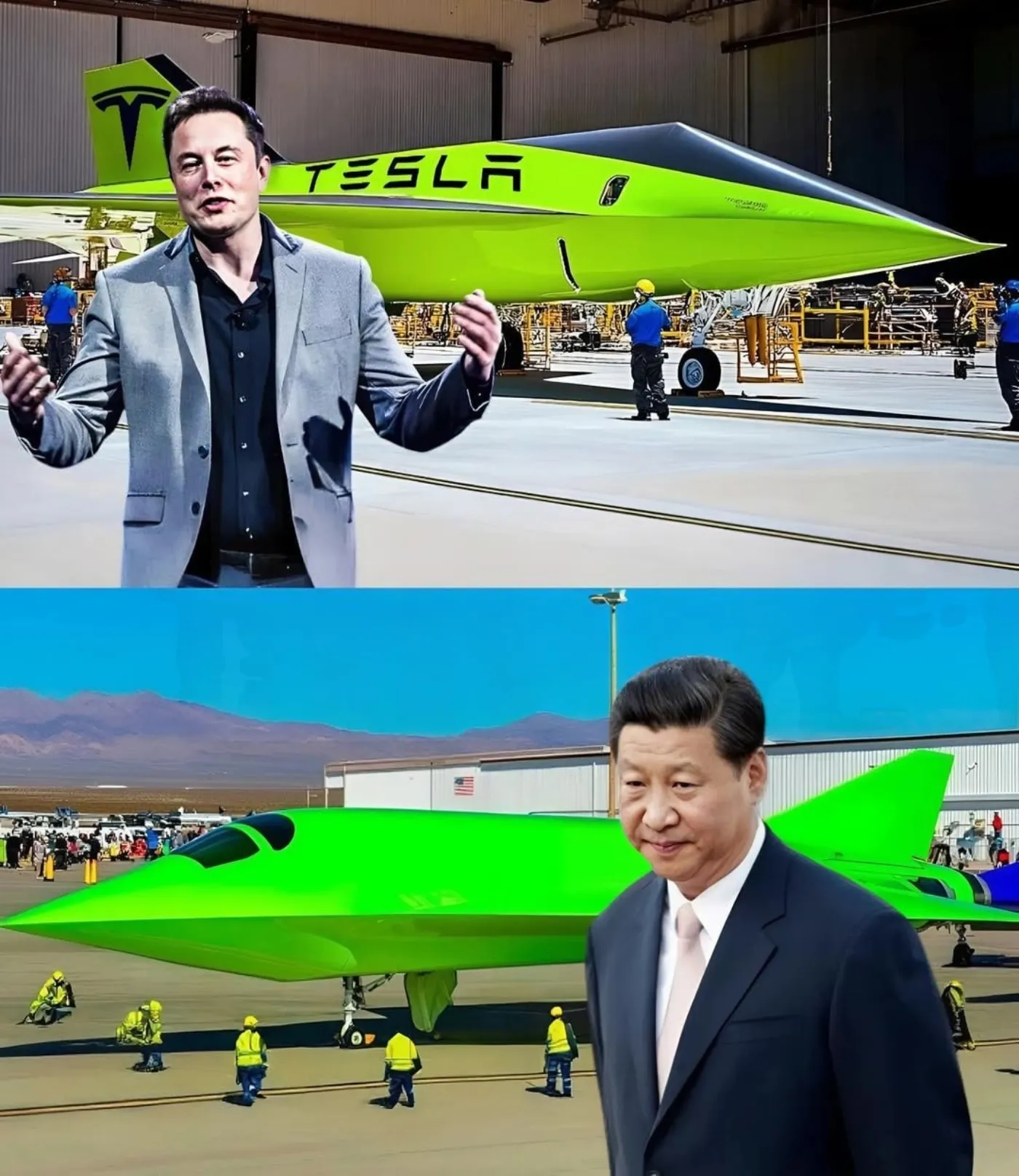
Musk, never one to shy away from audacious claims, teased the jet as a game-changer that will “set a new standard for speed and efficiency.” Standing before a crowd of journalists, engineers, and fans, he hinted at technology so advanced it could make the term “light-speed” more than just hyperbole. “Today, I will reveal my supersonic jet that will beat China’s jet,” he said, his trademark grin flashing as the room erupted. While specifics remain tantalizingly scarce, Musk suggested the aircraft will outpace both commercial airliners and military jets, potentially hitting speeds that dwarf the Mach 2 capabilities of the retired Concorde or even China’s hypersonic prototypes.
The announcement comes amid a quiet race between global powers to dominate next-generation aviation. China has been flexing its muscle with advancements in hypersonic technology, including jets reportedly capable of exceeding Mach 5—five times the speed of sound. Musk’s jet, however, aims to leapfrog that benchmark. “This isn’t just about going fast,” he explained. “It’s about going faster, smarter, and cleaner than anyone else.” Early leaks from SpaceX insiders point to a propulsion system blending electric power with advanced aerodynamics, possibly leveraging tech from Musk’s Starship program. If true, it could mean a jet that’s not only swift but sustainable—a holy grail in an industry under pressure to cut emissions.
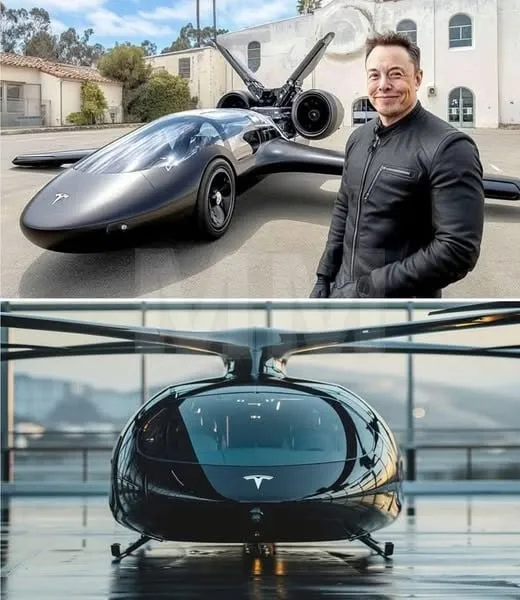
Details are still under wraps, but Musk dropped enough hints to fuel speculation. He claimed the jet could shrink transcontinental flights—like New York to London—to under an hour, a feat that would obliterate the current six-hour norm. Energy efficiency, he added, would be “unmatched,” hinting at a design that sidesteps the fuel-guzzling pitfalls of past supersonic attempts. And then there’s the “light-speed” tease—while literal light-speed (186,000 miles per second) is physically impossible, Musk’s flair for exaggeration suggests velocities that could approach or exceed Mach 10, putting it in league with experimental military crafts like the X-43A.
The internet lit up with reactions. “Musk is about to make flying feel like teleporting,” one X user posted, while another quipped, “China’s jet just got lapped before it took off.” Skeptics, though, question the timeline— Musk’s history of ambitious deadlines (think Tesla Roadster delays) casts a shadow. Yet his track record—electric cars that rewrote the auto industry, rockets that landed upright—keeps the faithful believing. “If anyone can pull this off, it’s Elon,” a supporter wrote.
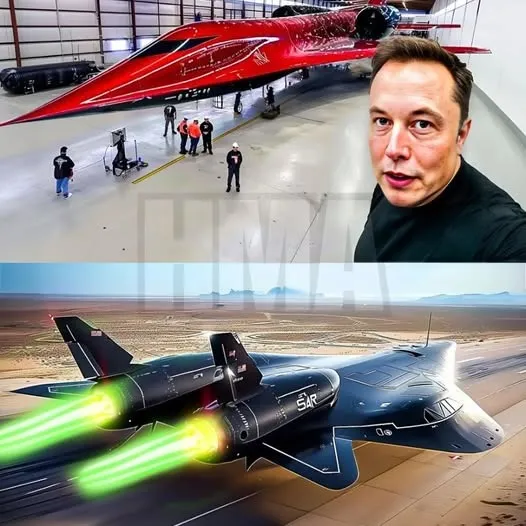
This isn’t Musk’s first aviation flirtation. SpaceX’s reusable rockets already push aerospace boundaries, and his Hyperloop dreams toyed with high-speed terrestrial travel. Now, he’s aiming skyward, taking on China’s state-backed tech juggernaut in a move that’s as geopolitical as it is industrial. Success could shift the balance of aviation power, boosting U.S. innovation while spotlighting Musk’s knack for turning wild ideas into reality.
As the unveil date looms—Musk promised “soon”—the world awaits blueprints, test flights, or at least a prototype. Will this jet soar past China’s, or stall like so many overhyped concepts? For now, Musk’s supersonic gamble has everyone’s attention. If it flies, it won’t just beat China—it’ll rewrite how we see the skies. Buckle up; the race is on.
